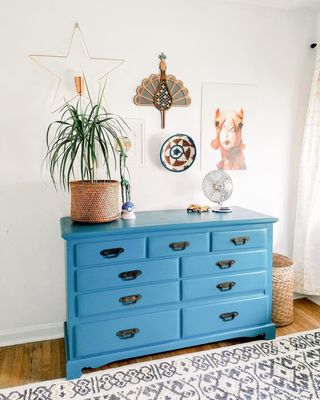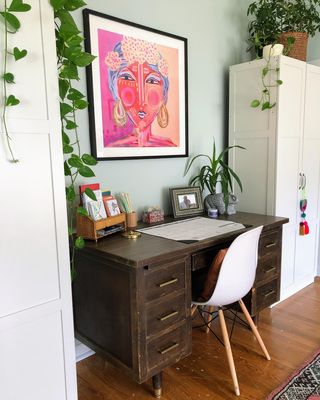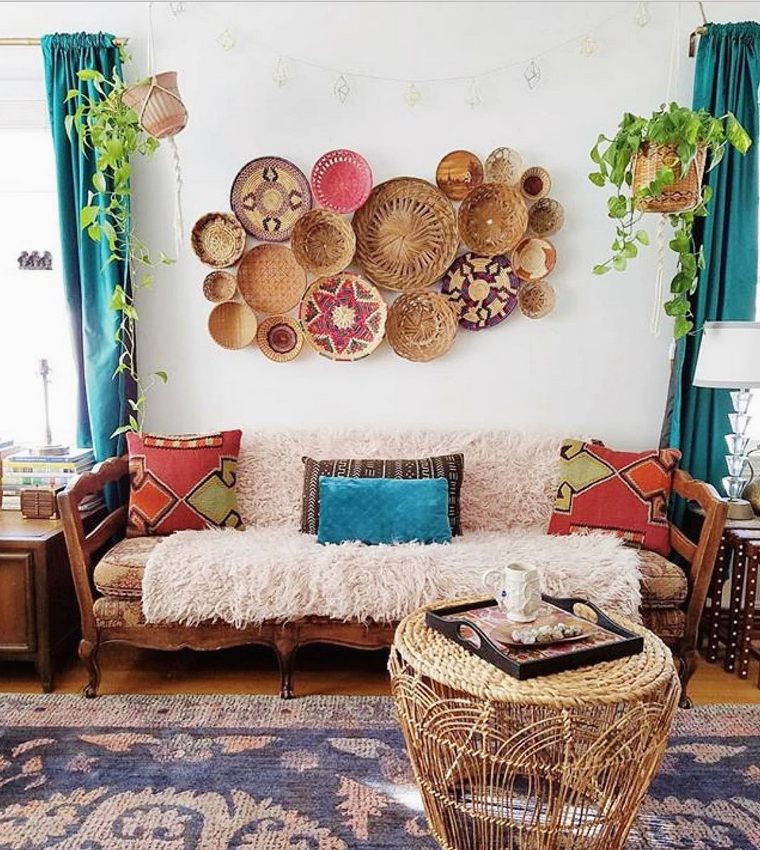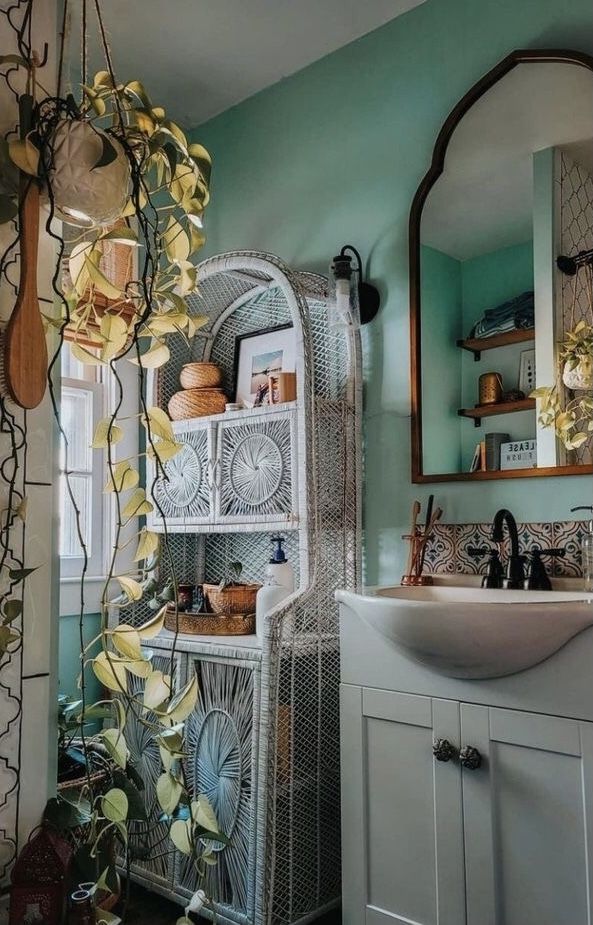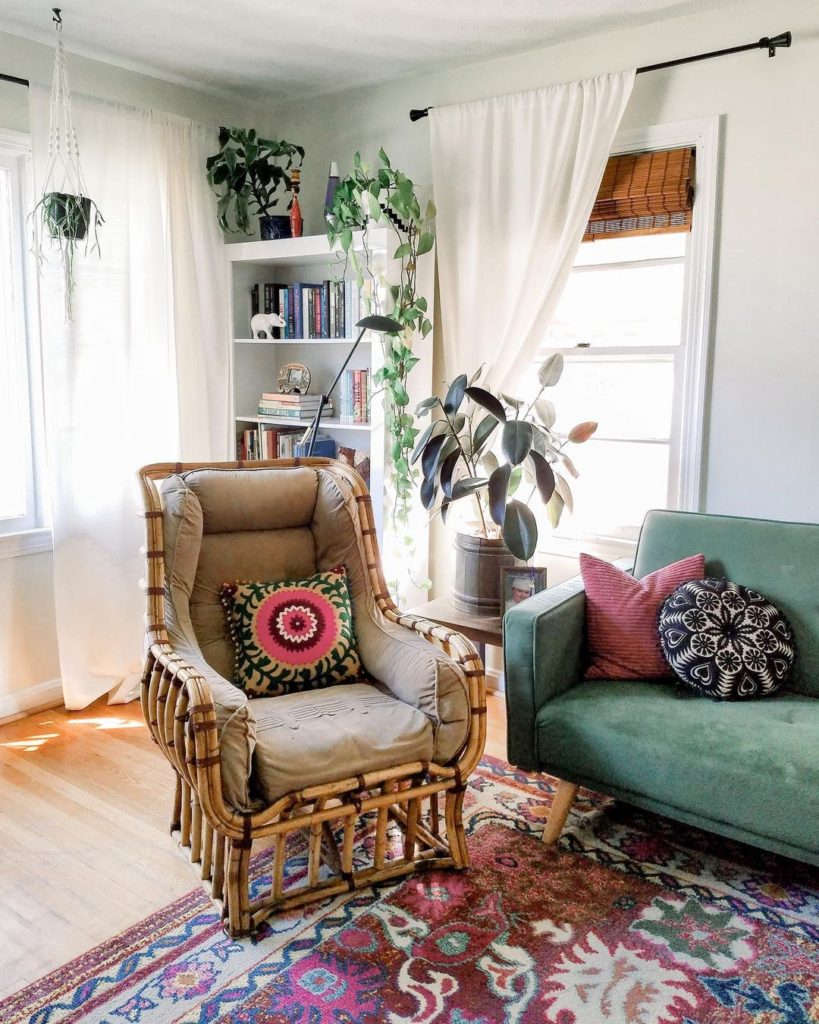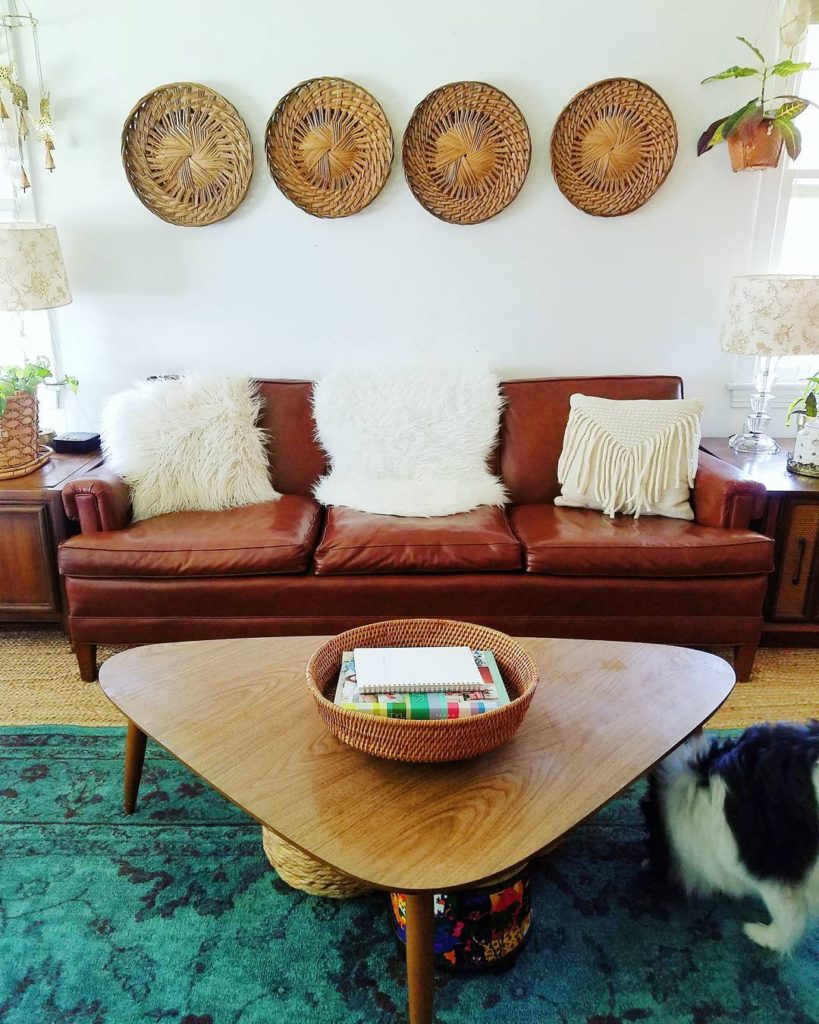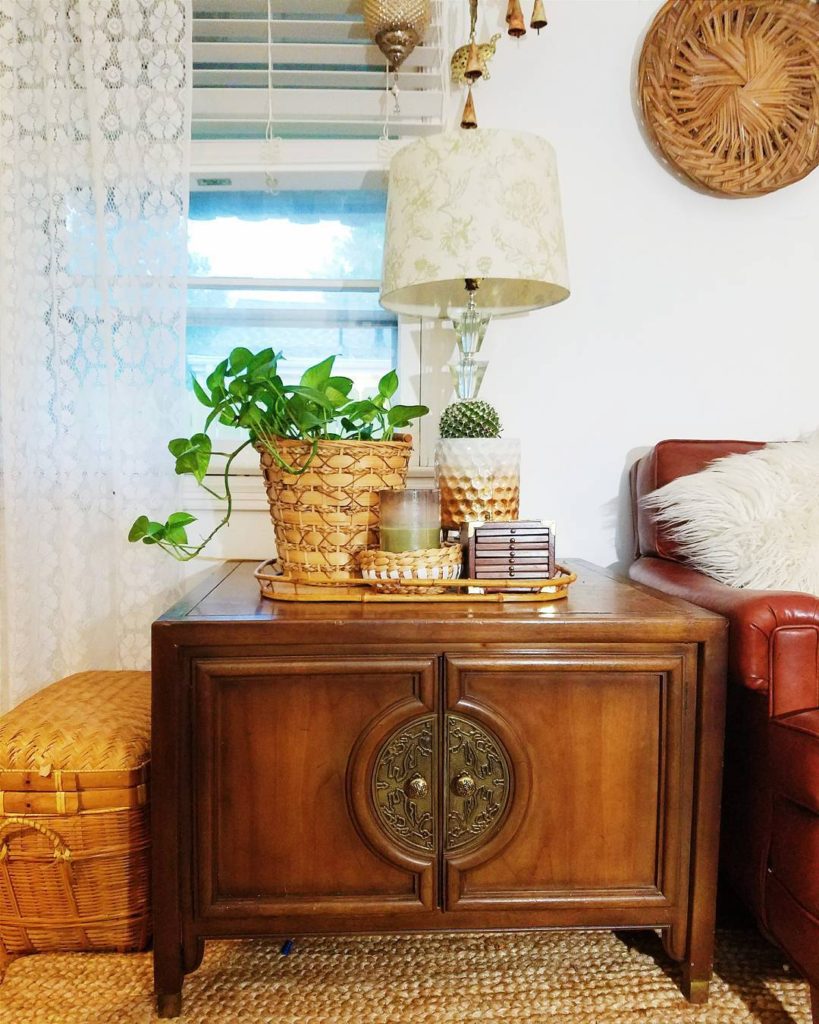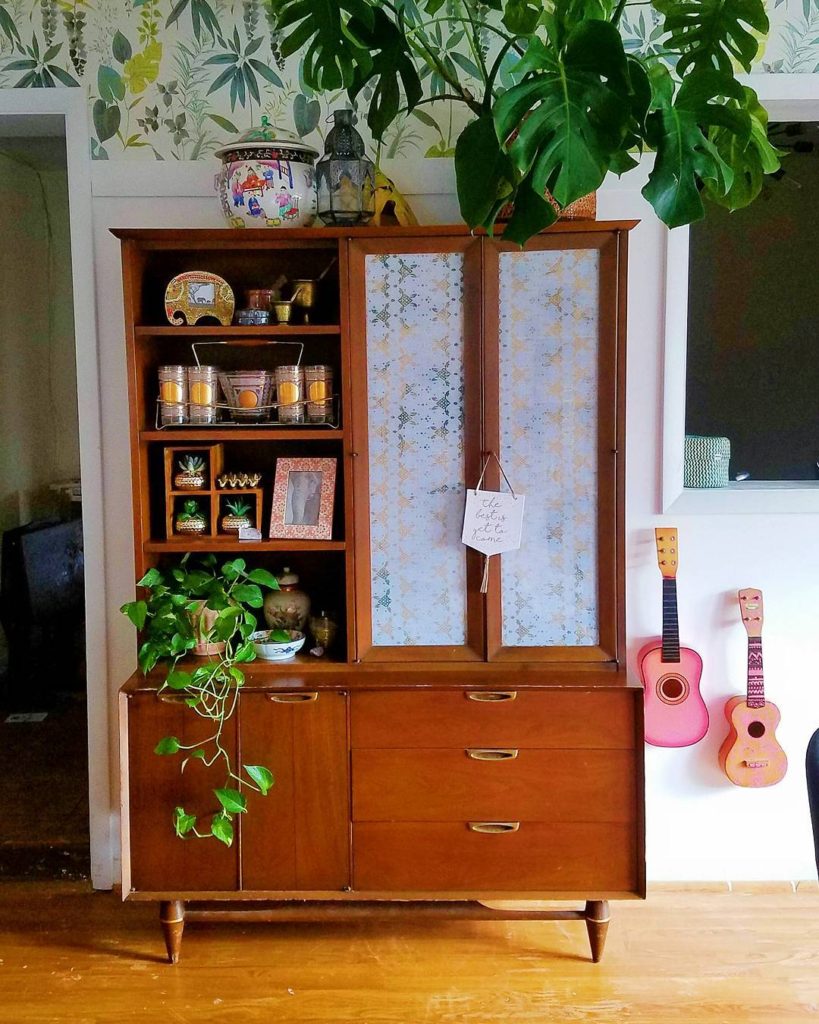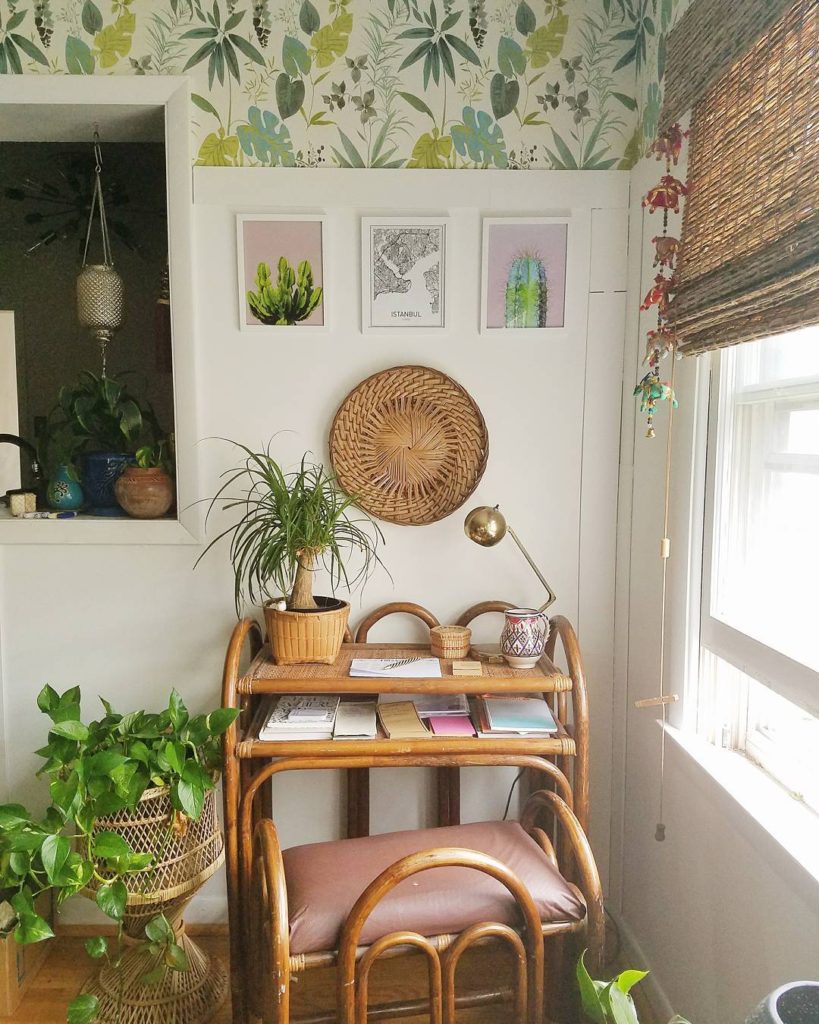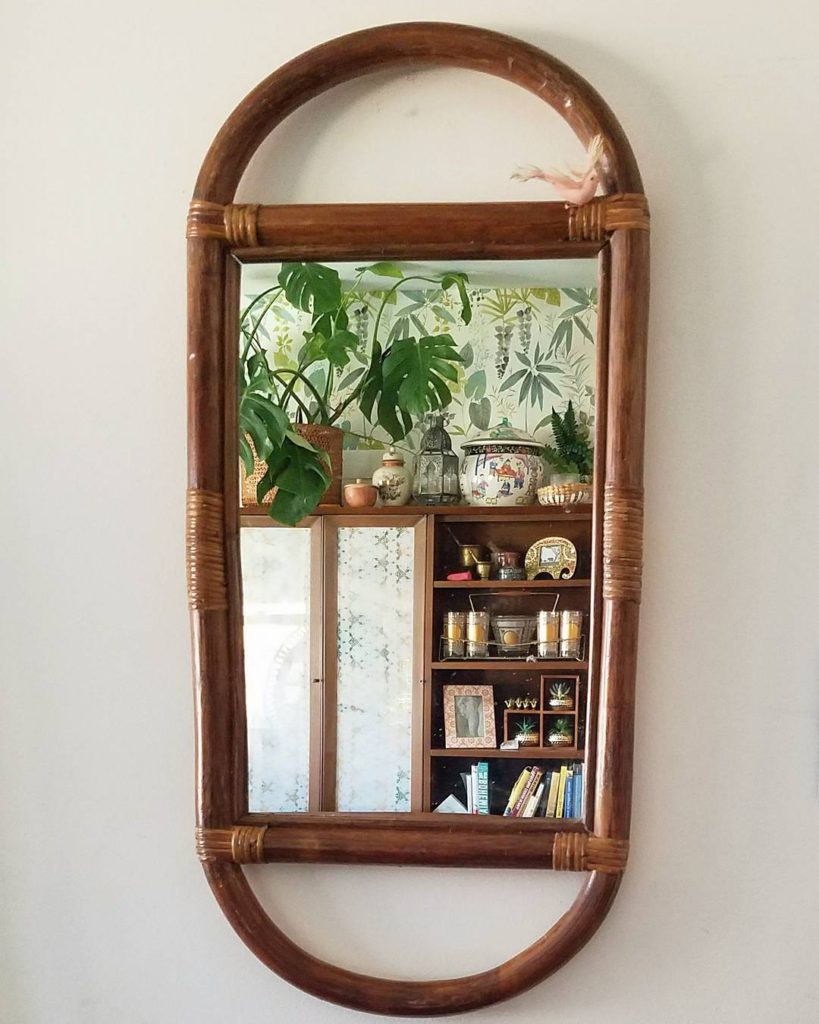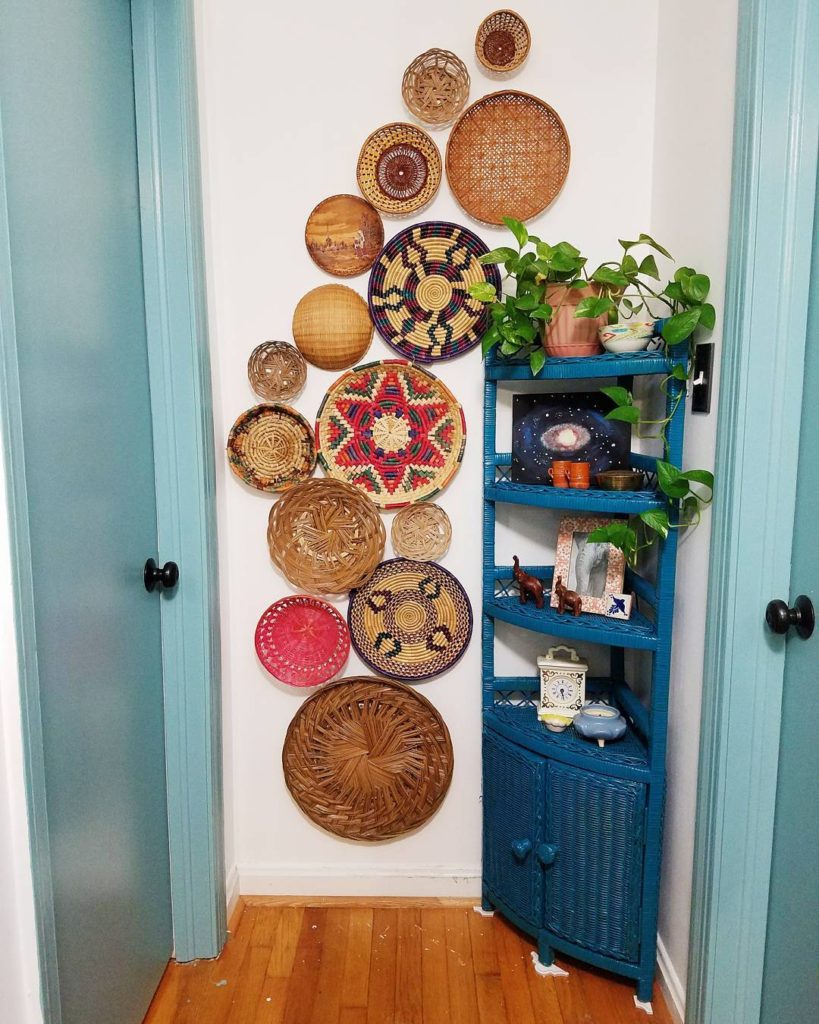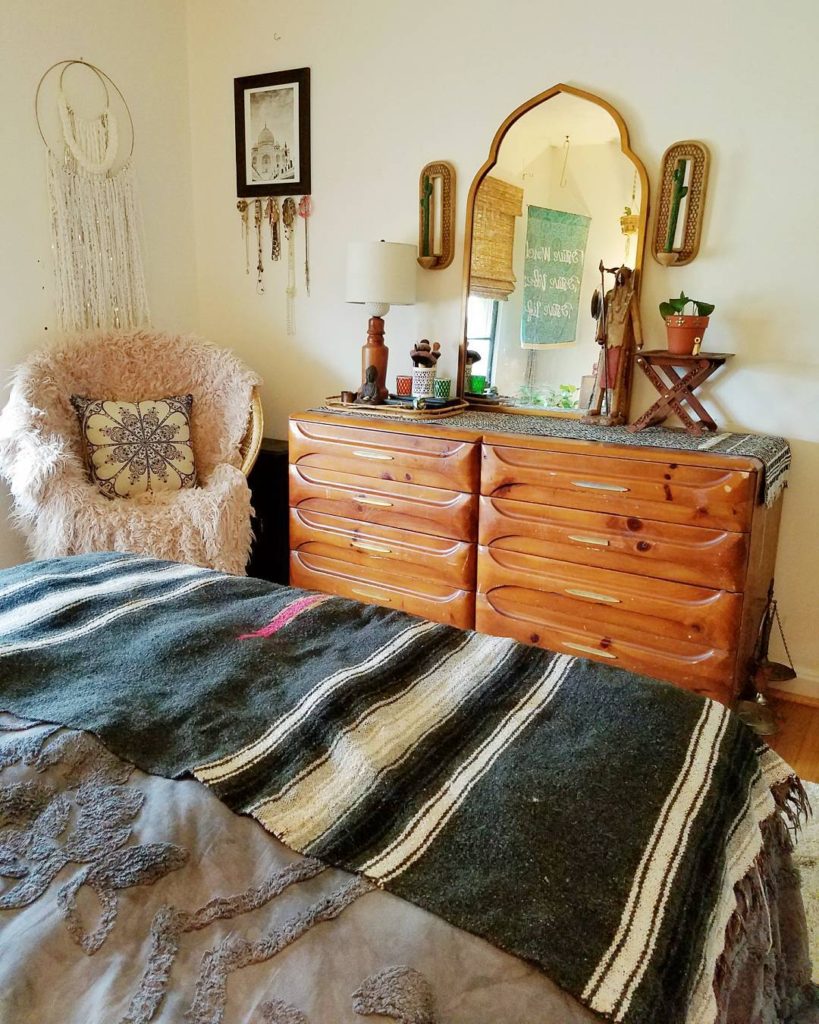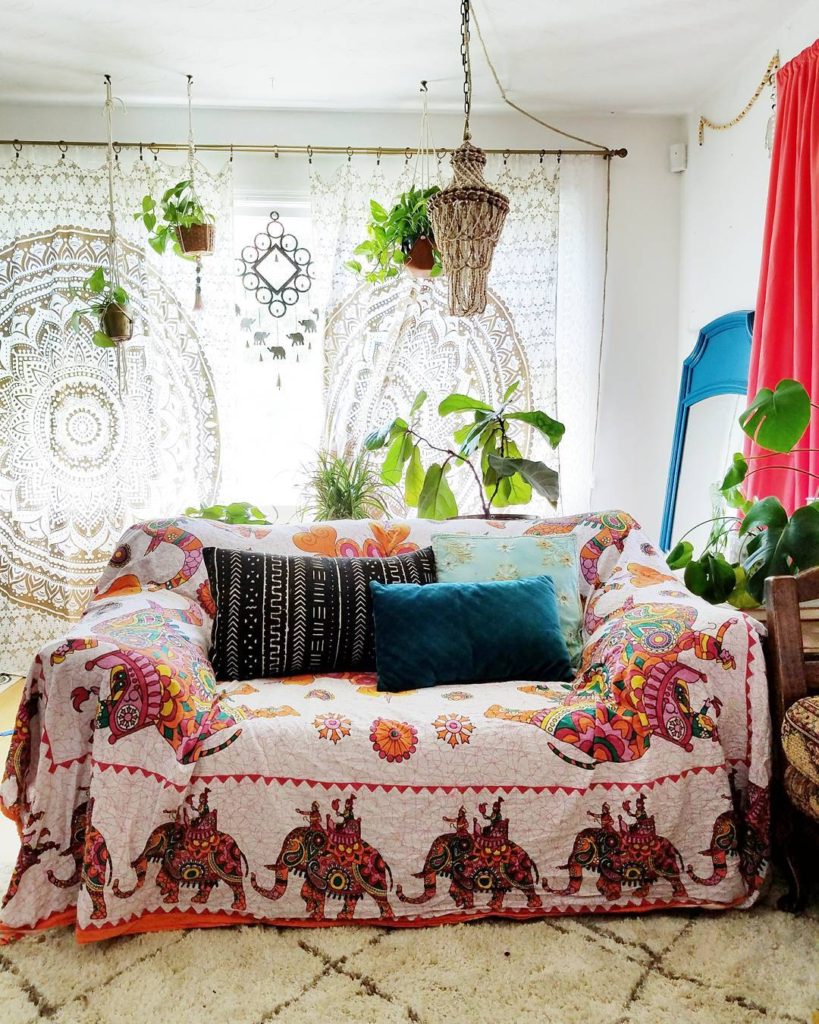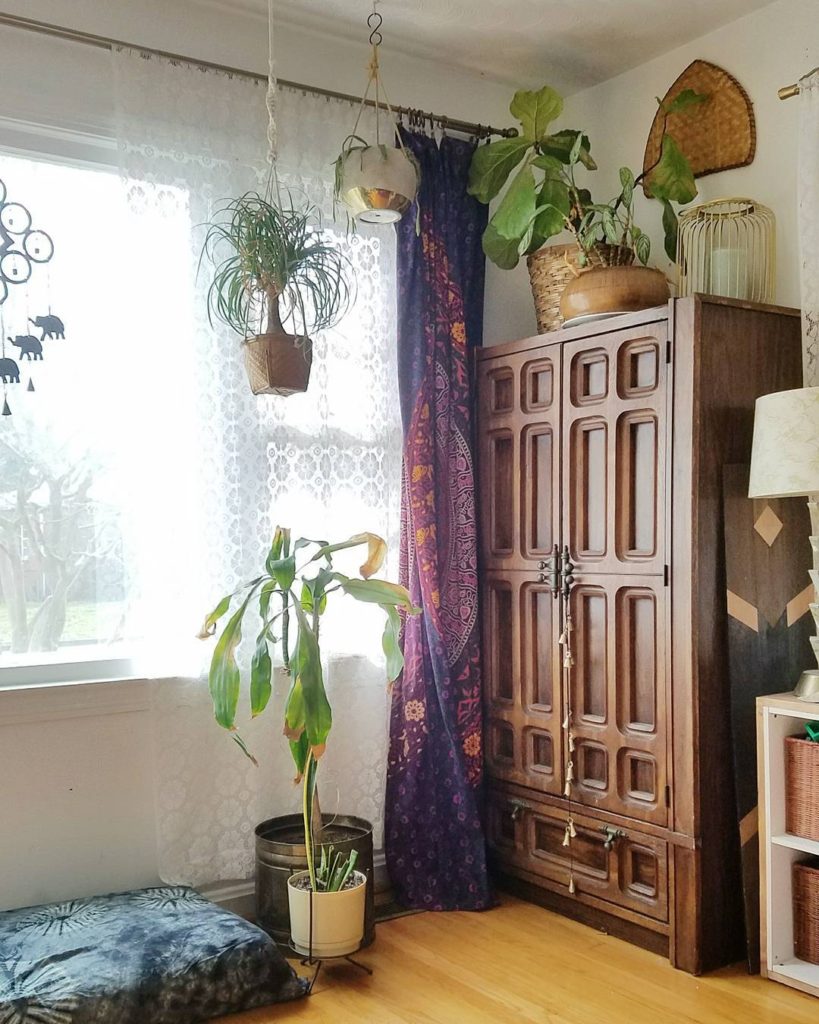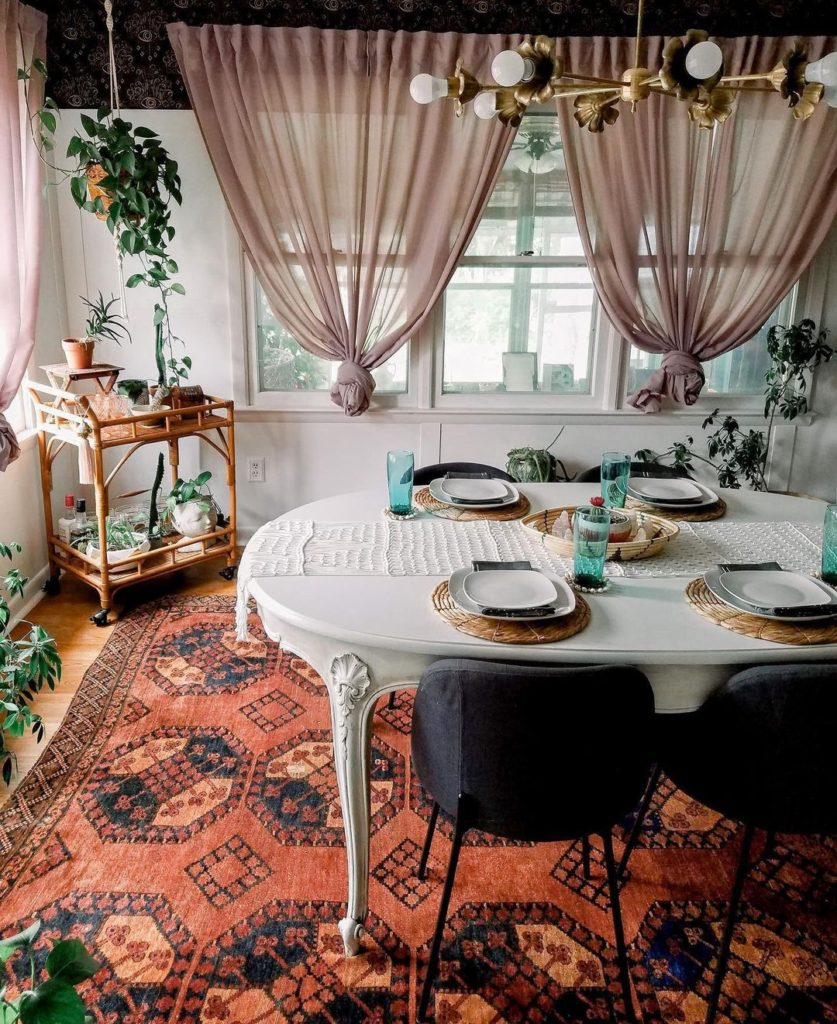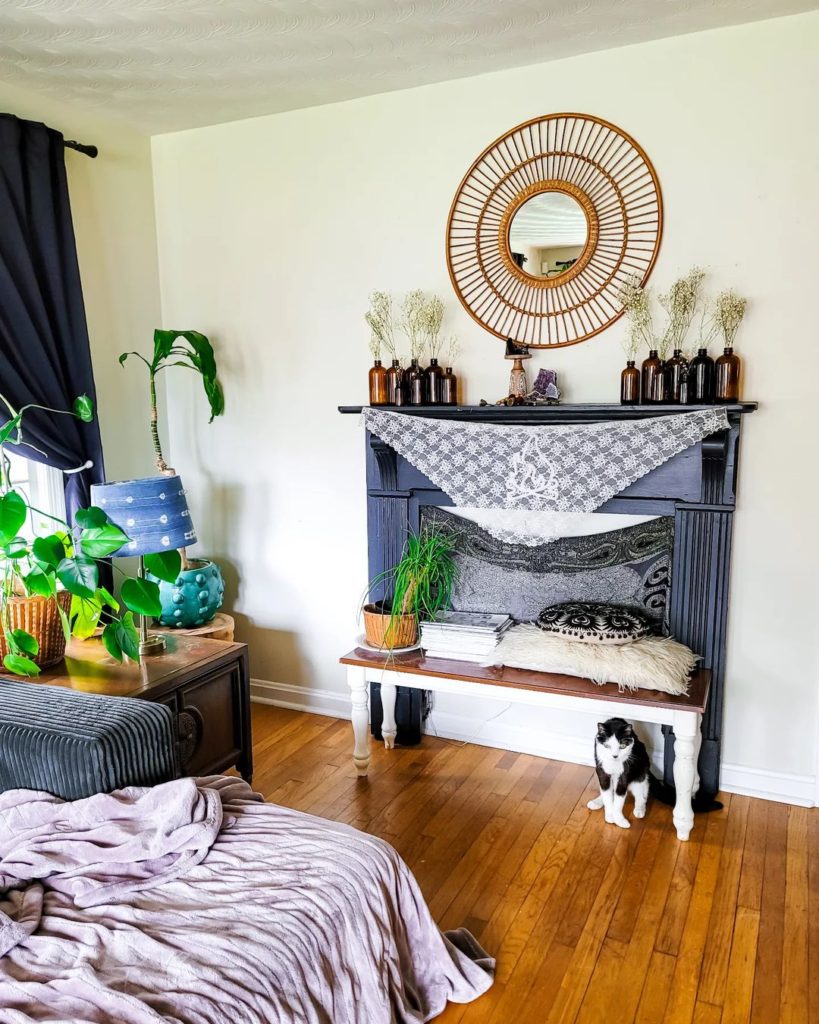
There are so many different ways of reducing our impact on the planet. And all of them are valid. Furniture seems to be one of those polarizing things. Some people love to buy second hand furniture. There’s the thrill of the bargain. The thrill of the hunt for treasure. Best of all though, it’s the way to most sustainably furnish a home.

Will the real eco friendly furniture please stand up?
Living in a world of greenwashing is tough. Meaningless labels and claims makes it difficult to figure out what the real eco friendly choice is. At the end of the day though, to sustainably furnish a house is to save furniture from a landfill.
Sustainably Furnish A Home
Divert unwanted items from a landfill. Use them as is or breathe new life into them by repairing, repainting, and cleaning them up. Every new piece we don’t buy reduces demand for new furniture. And a reduced demand for new furniture decreases demand for new resources. Less deforestation, less mining, less manufacturing (which pulls even more, oftentimes non renewable resources) are all very good things. The data is eye opening.
Furniture used to be made with the intention of passing down to future generations. It was made to last. It’s usually sturdy, made from high quality materials, and durable.
Used modern made furniture can be a sustainable choice too. It may be cheap to buy new, but it’s rock bottom in pricing once it becomes someone’s trash. The longer we can keep those pieces from landfills, the fewer there will be.
Ultimately, using what we already have made, whether it be yours or mine or someone else’s, is the way to sustainably furnish a home.
Buying locally keeps more money within the community, too. Instead of buying from warehouses states or countries away, check out what’s available nearby. For shopping from the comfort of home Facebook Marketplace, Craigslist, OfferUp, eBay, and Freecycle are solid tried and true places to check. If in person is your forte yard sales, thrift shops, vendor events, and antique malls have proven successful for decades.
Take your time making a purchase so it’ll last. Research every angle so there’s no regrets and replacements too soon. This matters especially when buying new. Because regret adds more furniture to circulate or worst, trash in a landfill.
When buying new, repairing, or repurposing furniture:
Look for reclaimed materials. Metal furniture can be made from recycled steel or aluminum. Or responsibly-sourced woods. Look for the FSC-Certified label.
Just like fabric for clothing, look at fabric contents. Look for natural fabrics like organic cotton, hemp, and linen or recycled fabrics for upholstery. For pillows and cushions, look for recycled or natural fiber fills. For mattresses, cushions, furniture, look for natural Dunlop latex, Talalay latex, or CertiPUR-US® certified foam.
Check finishes and stains to be non-toxic, low to zero-VOC. Linseed oil is a good choice.
At the end of the day, I do my best. And I encourage you to do what your best looks like too. If you’re looking for tips for other areas of life, check out my “Eco Fashion” tips, tips to be earth friendly in day to day life, and my experience with solar panel installation.
How I’ve Sustainably Furnished My Home
